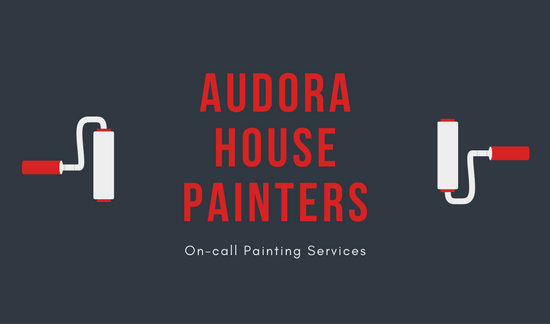Find Out Just How Weather Condition Components Can Impact The Success Of Your External Painting Job And Accomplish A Remarkable Surface
Find Out Just How Weather Condition Components Can Impact The Success Of Your External Painting Job And Accomplish A Remarkable Surface
Blog Article
Developed By-Reilly Sloth
Recognizing how weather conditions can affect the outcome of an exterior painting endeavor is critical for accomplishing a flawless surface. From temperature changes modifying paint bond to moisture degrees affecting drying times, each aspect of weather plays a considerable function in the success of your task. Moreover, wind rate and rainfall can introduce unanticipated obstacles that might jeopardize the top quality of the final result. As we navigate with the nuances of climate's effect on exterior paint, it comes to be noticeable that careful planning and strategic timing are crucial for making sure a specialist and resilient result.
Ideal Temperature Array for Painting
When thinking about exterior paint jobs, the perfect temperature level array plays an important duty in accomplishing optimal outcomes. Paint in the right temperature level conditions makes sure that the paint adheres effectively to the surface, dries out uniformly, and treatments efficiently. Usually, the recommended temperature range for outside paint is in between 50 to 85 levels Fahrenheit.
Painting in temperature levels listed below 50 degrees Fahrenheit can bring about issues such as inadequate paint bond, extended drying out times, and an enhanced possibility of cracking or peeling off.
On the other hand, paint in temperature levels over 85 levels Fahrenheit can trigger the paint to completely dry as well swiftly, resulting in blistering, gurgling, and an unequal surface.
To attain the best results, it is vital to inspect the weather prediction prior to starting an external painting project. Preferably, look at this web-site to repaint during light weather with modest temperature levels and reduced moisture levels.
Results of Humidity on Paint Drying
Humidity degrees significantly influence the drying out procedure of paint related to exterior surfaces. High humidity can lengthen the drying out time of paint, resulting in potential issues such as dripping, streaking, or even the development of bubbles on the painted surface. Excess moisture in the air slows down the evaporation of water from the paint, preventing the curing process. This is specifically troublesome for water-based paints, as they rely upon dissipation for drying out.
On the other hand, reduced humidity levels can additionally influence paint drying. Extremely dry conditions may cause the paint to dry too quickly, resulting in bad adhesion and a rough coating. In such situations, adding a paint conditioner or spraying a great haze of water in the air can assist manage moisture degrees and boost the painting end result.
To make certain optimum drying out problems, it is recommended to paint when the humidity levels vary between 40% and 50%.
Surveillance moisture levels and taking proper procedures can aid attain a smooth and durable paint coating on exterior surface areas.
Wind and Precipitation Considerations
Wind rate and rainfall are important elements that substantially impact the success of an exterior paint project.
When it comes to wind, both speed and direction are essential factors to consider. High wind speeds can cause paint to dry also promptly, resulting in a subpar do with possible concerns like cracking or uneven structure. Furthermore, wind can lug particles that may abide by the wet paint, leading to imperfections. For that reason, painters ought to aim to work with days with light to modest winds for ideal paint problems.
On the other hand, precipitation, whether rain or snow, can be incredibly harmful to the end result of an exterior paint project. https://www.washingtonpost.com/arts-entertainment/2022/09/08/obama-portraits-artists/ from precipitation can prevent paint attachment, causing peeling off and bubbling over time. It is important to avoid painting throughout rainy or snowy climate to guarantee the long life and quality of the paint job. Painters ought to likewise permit enough time for the surface area to dry thoroughly after any rainfall prior to commencing or resuming the paint process.
Final thought
Finally, weather play a considerable role in the result of an outside painting job. The excellent temperature array, moisture degrees, wind speed, and precipitation all add to the success or failing of the paint task.
It is necessary to take into consideration these variables and strategy appropriately to make sure correct paint bond, drying out times, and overall quality of the finished item.
